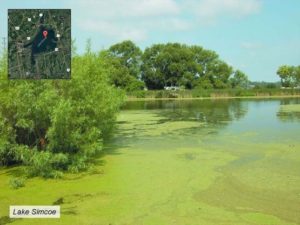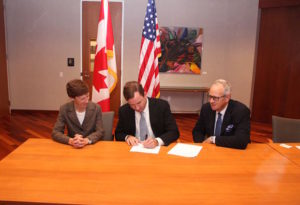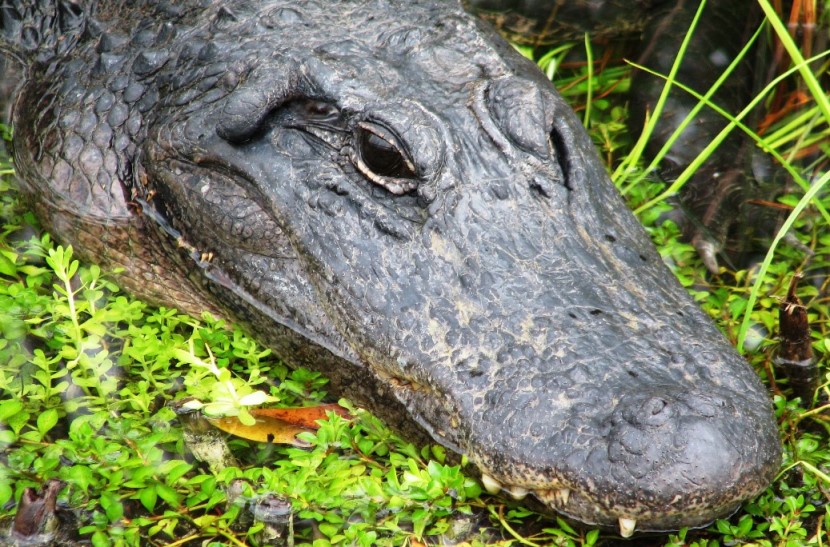In November of 2015, the Everglades Foundation of Florida announced that the Ontario Ministry of the Environment and Climate Change (MOECC) had become their first international partner in the $10 million George Barley Prize competition.

Agricultural phosphorous runoff chokes Ontario’s Lake Simcoe. Photo credit: Ontario Ministry of Environment and Climate Change.
The global competition is a multi-year effort that will incentivize scientists and entrepreneurs from around the world to design and complete a cost-effective technology to remove excess phosphorus from freshwater bodies and recycle it as fertilizer. It incorporates multiple stages and benchmarks, mimicking the natural stages of technological development, with annual events and awards. It formally launched in 2016.
“The goal of the prize is to find a solution to an issue that plagues America’s Everglades and freshwater bodies around the globe,” said Eric Eikenberg, Everglades Foundation CEO. “Having the province of Ontario share in our goal and join us in our mission to find a solution is an honor, and this partnership will go a long way toward helping build awareness of the threat of phosphorus pollution to the global water supply.”
Now, the pilot stage of the contest is taking place right in at the Holland Marsh near Bradford, Ontario.
The Holland Marsh is a wetland and agricultural area about 50 kilometres (31 mi) north of Toronto. It lies entirely within the valley of the Holland River, stretching from the northern edge of the Oak Ridges Moraine near Schomberg to the river mouth at Cook’s Bay, Lake Simcoe. It comprises about 21,000 acres (8,500 hectares).
“This is a decades-old problem that needs out-of-the-box thinking to provide the solution,” said Sabrina Ternier, a research analyst with the MOECC’s environmental innovations branch.
The pilot stage will take place from February through April 2018 at the Art Janse Pumping Station, where the 10 best ideas will be tested in a cold-water climate. The top four performers will each be awarded $200,000.
The last step will be the Grand Challenge, in which pilot prize qualifiers will compete against each other for 14 months to develop the best, most cost-effective, sustainable and scalable technology to win the $10-million grand prize.

Canadian Consul General Louise Léger with Everglades Foundation CEO Eric Eikenberg & Board Member Rex Hamilton sign MOU in Miami. Photo Credit: Maria M. Garcia
“The Government of the Province of Ontario is taking several actions on water quality issues and this Everglades Foundation Challenge is aligned with goals made by the Ministry” said Tom Kaszas, Director of the Ministry’s Environmental Innovations Branch. “During the next few months, both parties will explore areas of collaboration including generating greater public awareness of the phosphorus problem and providing technical support.”
Over the past decades, states and provinces around the Great Lakes have experienced an increase in the number of harmful algae bloom events as a result of excess phosphorus.
In the U.S., nutrient pollution is considered “one of America’s most widespread, costly and challenging environmental problems…resulting in serious environmental and human health issues, and impacting the economy,” according to the U.S. Environmental Protection Agency, with “40 percent of the nation’s rivers and streams impacted by high levels of phosphorus.”
Featured photo of Everglades alligator by Storm Cunningham.

